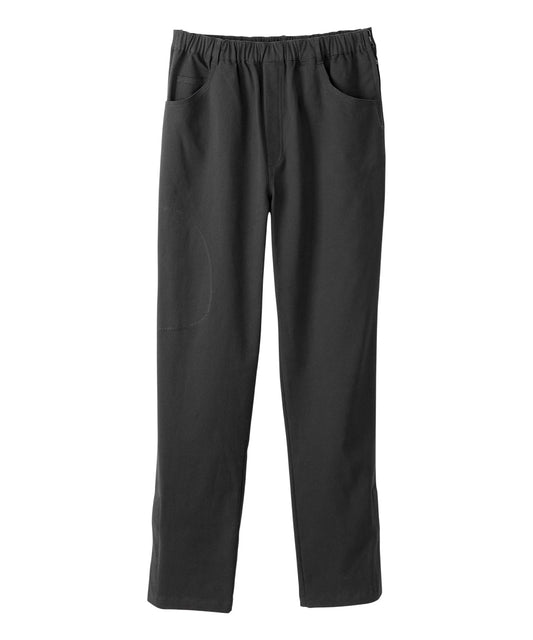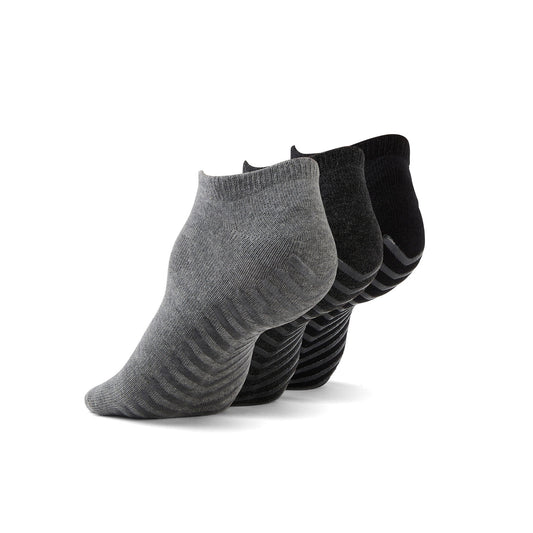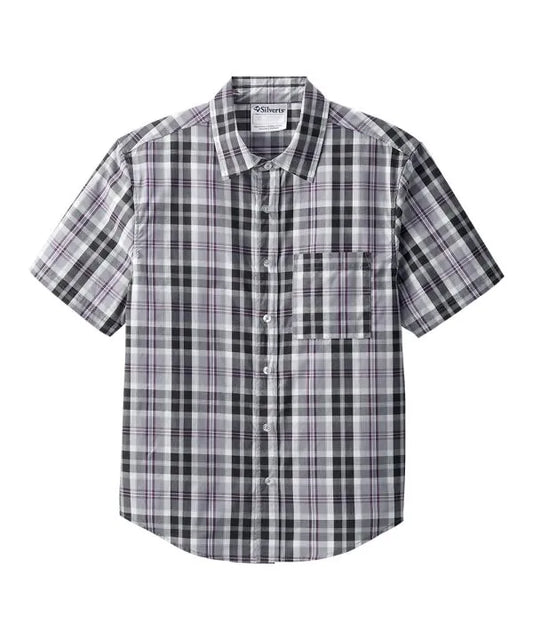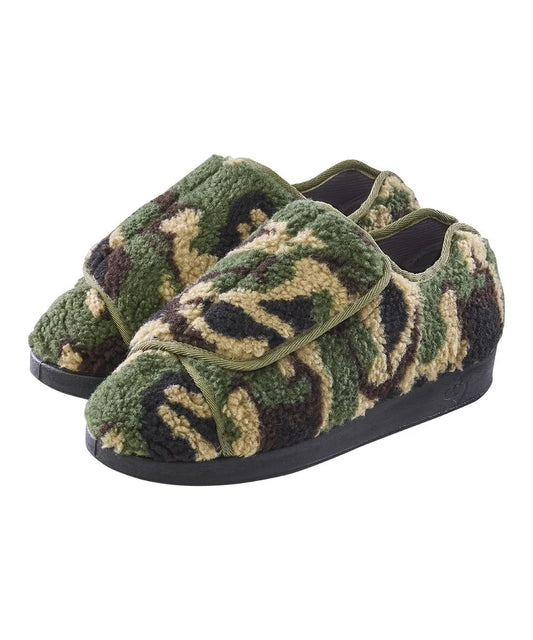Written By: Shreeya Shah
Experiencing a stroke can be life-changing. Mobility, cognition, and fine motor skills can all change in just moments. Recovery may feel overwhelming; however, one of the best ways to start regaining control through recovery is through something as simple as clothing. Dressing is not just a function of the daily routine; it is a function of independence. With adaptive fashion, stroke survivors can reclaim dignity, build confidence, and make positive strides towards independence, one outfit at a time.
After a stroke, life can feel unfamiliar and frustrating. The simple tasks of daily living, like buttoning a shirt, pulling up a zipper, and tying shoes, can suddenly feel like daunting obstacles. Most stroke survivors experience hemiplegia or hemiparesis. This motor and functional change characterizes weakness or paralysis on one side of the body. However, in the immediate aftermath of a stroke, the act of getting dressed can not only feel difficult but disheartening. Strokes can erode confidence and make the simple desire of autonomy seem hopelessly out of reach.
But with adaptive clothing, this can change. When integrating accessibility in the redesign of your everyday clothing, 'the tools' for rebuilding daily routines with dignity, autonomy and ultimately to reclaim the control you once had, are provided to stroke survivors.
Recovering from a stroke or supporting a stroke survivor can be stressful. This guide is a reminder that recovery is not limited to therapy sessions. Recovery is about the clothes we wear, the routines we establish, and the choices we continue to reclaim.
One-Handed Dressing Techniques & Tools
Hemiplegia, or weakness on one side of the body, is a common impairment experienced by many after sustaining a stroke. One of the big changes is how dressing becomes a frustrating task. Regular clothing can be barriers that turn experientially into struggles. One-handed dressing techniques and adaptive tools can assist individuals in minimizing barriers due to impairment. Tools like a dressing stick, button hook, and long-handled shoehorn allow for independence. Using Velcro or magnetic fastenings can eliminate the need for precision two-handed coordination (which can be difficult for some). Occupational therapists frequently recommend the technique to dress the weak side first - the affected side is dressed first, followed by dressing the unaffected side. A simple loop added to the end of a zipper pull and even an adapted sock aid can make a big difference. These assistive technology products turn out to be great tools and symbols of getting back control.
June Adaptive has some options that support functional dressing that is also stylish in a way to accommodate the above needs. They make everything functional and easy to put on or take off.
Best Adaptive Shirts for Hemiplegia
For stroke survivors with limited hand mobility, buttoning can be a significant barrier. Adaptive shirts using magnetic closures are a solution for so many folks.
Take June Adaptive's Men’s Denim Jacket with Magnetic Closures. It looks just like an effortlessly cool denim jacket, and it opens and closes with the simple pull of magnetic fasteners that are hidden under denim.

Not only is this practical, it is also empowering. And how about pairing this with June’s Women’s Magnetic Zipper Active Jacket (additionally, for a sporty look, it can be worn as just another option for everyday or active outings)? While the Women’s Active Jacket is easy to get on, it also provides lightweight warmth.

A magnetic shirt not only eliminates the need for fine motor skills, but it also elicits the pride that we can (somewhat) stylishly dress ourselves again. For many of us, being back in our favourite looks is an emotional boost and a reminder of an identity.
For those of us who miss the feel of crisp cotton in our button-up shirts but can no longer manage small buttons, all of these designs restore a joy that is missing from everyday life. These are confidence-building pieces of clothing that transform the process of getting dressed independently from a chore into a celebration of life and self!
Adaptive shirts in clinical settings also allow people who assist you to help more efficiently and comfortably, making the process less overwhelming for all parties.
How To Modify Pants For Easier Fastening
Getting into pants post-stroke can be one of the more difficult tasks—zippers, buttons, and waistbands can all complicate matters. The good news? You don't have to stick to traditional designs.
Before you start shopping for pants, look out for:
-
Side openings with Velcro closures or magnetic closures
-
Alternative options to elastic waistbands, although these do allow for easier pull-on access
-
Full front openings for ease of access when seated.
June Adaptive has designed pants with adjustable side fasteners, which allow everyone to put on their pants with ease, either standing or seated. The zipper placement and wide leg openings avoid frustration and promote dignity.
Some people are also reorganizing their pants by taking off zippers and sewing in Velcro strips or using magnetic belt buckle closures. All of these simple modifications equate to a big win in autonomy.
Pants with seated-friendly tailoring can also help alleviate pressure points for people using a wheelchair post-stroke, making it more comfortable for all-day wear. Fit is important, not just in terms of size but in how clothing works with new patterns of movement and adapted posture.
Where To Buy Post-Stroke Adaptive Wear
When searching for clothing for stroke survivors, people can assess companies by their productive practices and services. It is important to seek companies that have a focus on dignity and inclusiveness. June Adaptive is a company that provides apparel, and every piece of clothing has been designed with an understanding of the need for accessibility, comfort and beauty.
June Adaptive does not operate as a standard fashion company that carries some adaptive options at times. Instead, June Adaptive designs from the ground up as a company that recognizes facilitating empowered dressing can change the experience of dressing for an individual with disabilities, seniors, or anyone in recovery.
When you shop at June Adaptive.com, you are choosing:
-
Magnetic closures that look like real buttons- not a snap!
-
Wide openings allow for easier access and movement.
-
Comfortable fabrics, not scratchy or irritating to the skin, with a sensitive texture.
-
Seating friendly cuts, accessible for wheelchair warriors.
-
Thoughtful designs that elevate and empower do not stigmatize.
And best of all, it means you are choosing to support a brand that values independence as the main driver of recovery.
Do not expect to find austere, clinical-looking options and awkward solutions. June Adaptive brings fresh style forward clothing for adaptive wear that has modern accessibility.
Rebuilding Fine Motor Skills Through Dressing Practice
Getting dressed after a stroke is not only functional, but it can also be a therapeutic practice, too. Many occupational therapists include dressing as an option for rehabilitation plans. That is because dressing takes place every day and provides an opportunity for practicing dexterity, hand-eye coordination and balance to improve. For example, simple tasks associated with daily activities, like getting a zipper to close or getting your foot into a sock, act as an aid to retrain the brain and hands. Some adaptive clothing items can facilitate all of the practice, but can also remove challenges that feel overwhelming while supporting continued movement of the motor.
Take June Adaptive Unisex Ultra-Soft Anti-Slip Crew Socks as an example. The fabric was chosen because they are easy to grab and slide on to help patients practice flexibility and coordination! Further, because the socks are anti-slip, they will also provide an additional safety measure as someone recovers.

Some therapists might even suggest treating getting dressed as a process, which has elements of mindfulness built into it. Taking time to breathe and pay attention to the movements of each part of the dressing process can cultivate feelings of acknowledgement of how far someone has come.
Take the time to celebrate each small victory! Just as there is pride in buttoning a shirt or getting dressed independently, it reassures progress in post-stroke or neurological condition recovery. The goal is not just to get dressed, but to reestablish some form of routine and humanity.
Engaging in a structured morning routine, which would include choosing an outfit and getting dressed in the same way as before, is not just about dressing. It can also form memory, provide mobility, and have a positive impact on their emotional well-being. It is not about what we wear, it is about re-establishing a life.
Final Thoughts
Recovering from a stroke is like scaling a mountain, with each part of recovery a milestone in the journey. Clothing plays a vital role in helping stroke survivors relearn their mobility, rebuild their identity, and regain their confidence.
June Adaptive is here to walk with you on this journey, providing products to make dressing easier, safer, and empowering.
We can help you take back your day, one outfit at a time, from pants with easy-access hearts to tops with magnetic closures.
Check out the complete collection at June Adaptive, and visit the section for guides including free disability grants and recovery resources across the US and Canada. Everyone deserves to feel dignified when they get dressed.















